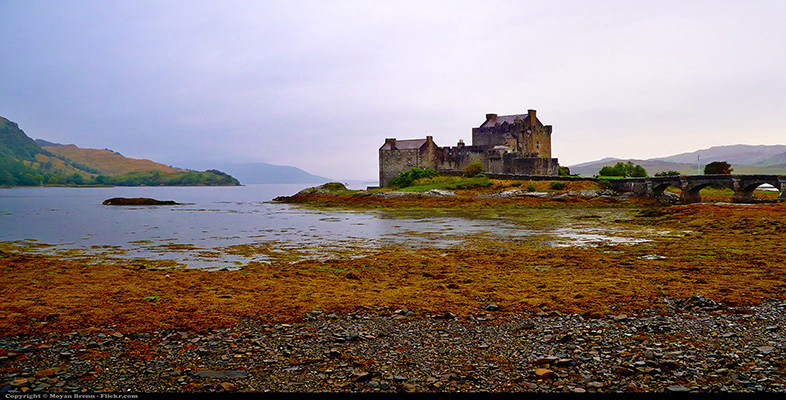1.2 Artists, patrons and workshops
In Italy, at least, the rising prestige of painting was linked to the prestige attached to ancient Greek and Roman culture, evident throughout the medieval period and particularly prominent from the fourteenth century onwards in what has come to be known as the Italian Renaissance. Alberti drew on a variety of ancient Roman and Greek texts to champion painting and painters, including comments by the ancient Roman writer Pliny the Elder (23–79 CE) on ancient Greek artists in his Historia naturalis or Natural History (77 CE). Alberti was certainly not the first to do so. The Italian poet Petrarch (1304–74) owned an annotated copy of Pliny’s Natural History, and in the margin of Pliny’s life of the Greek painter Apelles made a comparison with Simone Martini. Alberti emphasised the esteem in which ancient Greek painters such as Zeuxis and Apelles had been held, claiming that ‘painting was given the highest honour by our ancestors. For, although almost all of the artists were called craftsman, the painter alone was not considered in that category’ (Baxandall, 1971, pp. 62–3). In fact, Pliny also extols several ancient Greek sculptors, and it is a moot point whether Alberti’s claim is actually correct, but the evidence he went on to cite was of the utmost significance for the status of painting in the Renaissance.
